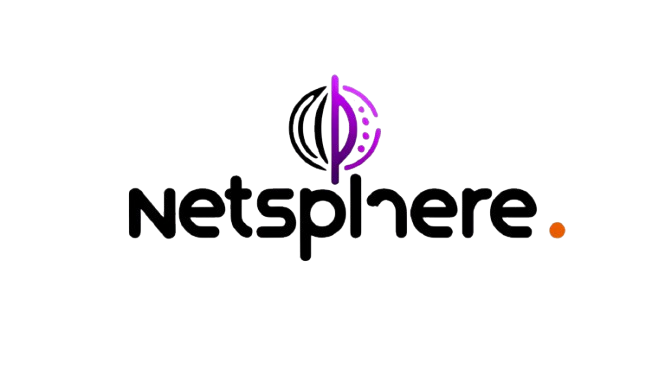In today’s fast-paced work environment, distractions, multitasking, and constant connectivity have become the norm. However, these habits often lead to mental fatigue, decreased efficiency, and higher stress levels. Practicing mindfulness at work offers a powerful antidote, helping professionals stay focused, improve performance, and maintain emotional balance. Incorporating mindfulness into daily routines can be a game-changer for both personal well-being and organizational success.
What Is Mindfulness and Why Does It Matter at Work
Mindfulness is the practice of paying full attention to the present moment with openness, curiosity, and without judgment. In the workplace, mindfulness means being fully engaged in your tasks, listening actively during meetings, and managing emotions effectively even under pressure.
Research shows that mindfulness at work is linked to enhanced concentration, better decision-making, greater emotional intelligence, and lower burnout rates. By focusing intentionally on the task at hand, employees can significantly improve both the quality and quantity of their output.
The Science Behind Mindfulness and Productivity
Studies in neuroscience reveal that mindfulness practice strengthens the brain’s prefrontal cortex, the area responsible for executive functions like planning, reasoning, and problem-solving. Regular mindfulness meditation also reduces activity in the amygdala, which governs stress responses.
As a result, mindful employees are better equipped to handle challenges calmly and make thoughtful decisions instead of reacting impulsively. Mindfulness cultivates cognitive flexibility, allowing workers to switch tasks efficiently without losing momentum or focus.
Reducing Workplace Stress Through Mindfulness
Stress is one of the biggest productivity killers in modern organizations. High stress levels not only affect mental health but also contribute to absenteeism, lower job satisfaction, and employee turnover.
Mindfulness offers an effective strategy for managing stress. Techniques like conscious breathing, body scans, and short meditation breaks throughout the day help lower cortisol levels and reset the nervous system. Employees who practice mindfulness report feeling more resilient, adaptable, and emotionally balanced, even when facing tight deadlines or complex projects.
Easy Ways to Integrate Mindfulness Into Your Workday
You don’t need to sit for hours in meditation to reap the benefits of mindfulness at work. Small, consistent practices can make a big difference:
- Start your day with intention: Before diving into emails, take a few minutes to set a clear, positive intention for the day.
- Practice mindful breathing: Take short pauses during the day to focus on your breath, especially before meetings or important tasks.
- Single-task whenever possible: Resist the urge to multitask. Give your full attention to one task at a time for better efficiency and fewer mistakes.
- Use mindfulness cues: Set reminders on your phone or computer to check in with yourself and re-center throughout the day.
- End the day with reflection: Spend a moment reflecting on accomplishments and challenges, practicing gratitude for the day’s progress.
The Role of Leaders in Promoting Mindfulness at Work
Leadership plays a crucial role in creating a mindful workplace culture. When managers and executives prioritize mindfulness, it sends a strong message that mental health and emotional intelligence are valued.
Leaders can model mindfulness by practicing active listening, showing empathy, managing their own stress visibly, and encouraging employees to take mindful breaks. Some companies even offer mindfulness training programs, meditation sessions, or create quiet zones where employees can recharge.
Organizations that invest in mindfulness initiatives often see higher employee engagement, better teamwork, and improved overall performance.
Mindfulness and Emotional Intelligence in the Workplace
Emotional intelligence—the ability to recognize, understand, and manage emotions—has become a key asset in modern professional environments. Mindfulness is directly linked to higher emotional intelligence because it enhances self-awareness and empathy.
Mindful professionals are better at regulating their emotions, responding thoughtfully to feedback, and collaborating effectively with diverse teams. This leads to more harmonious workplace relationships, fewer conflicts, and stronger leadership development.
Overcoming Common Challenges When Starting Mindfulness Practice
Despite its benefits, starting a mindfulness practice at work can be challenging. Common obstacles include lack of time, skepticism, or difficulty focusing in a busy environment.
To overcome these barriers:
- Start small: Even one to two minutes of mindfulness practice can be impactful.
- Stay consistent: Building a habit takes time; incorporate mindfulness into your daily schedule just like any other task.
- Be patient: Your mind may wander, and that’s okay. Gently bring your focus back without judgment.
- Seek support: Join workplace mindfulness groups, download mindfulness apps, or take part in company initiatives to stay motivated.
Long-Term Benefits of Mindfulness at Work
Practicing mindfulness consistently leads to long-term benefits that extend beyond professional life. Workers experience greater job satisfaction, improved mental health, enhanced creativity, and stronger interpersonal relationships. Over time, mindfulness fosters a sustainable work-life balance, helping individuals thrive both inside and outside the office.
Companies that cultivate mindful cultures are better positioned to attract and retain top talent, drive innovation, and navigate change effectively. In a world where change is constant, mindfulness equips employees with the inner tools needed to remain resilient and focused.









